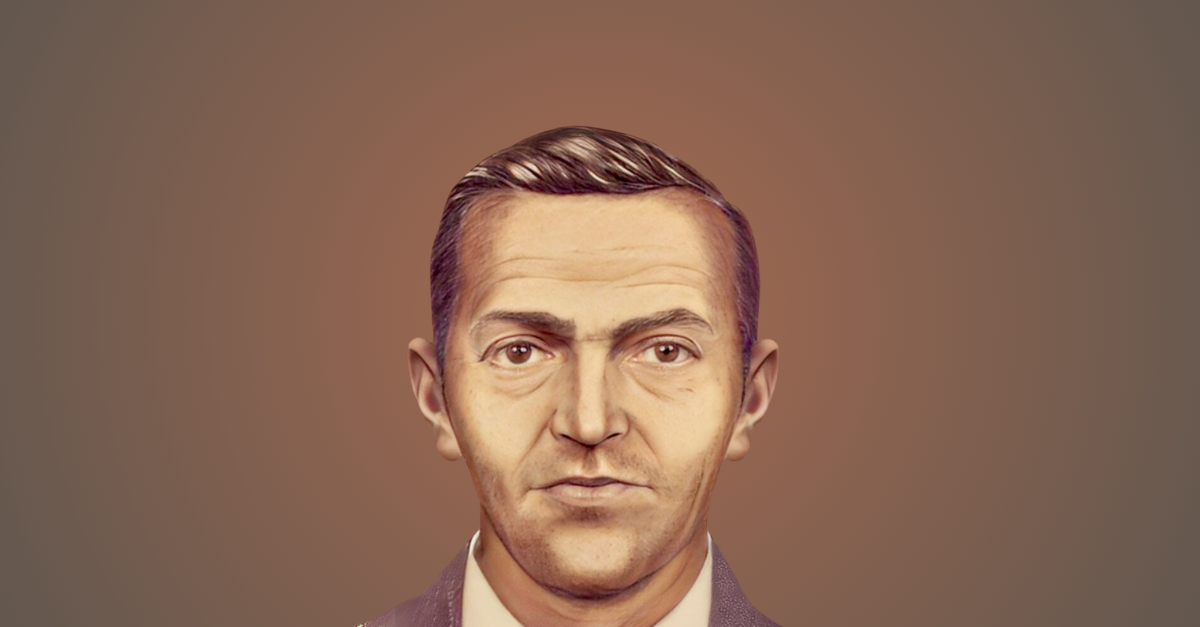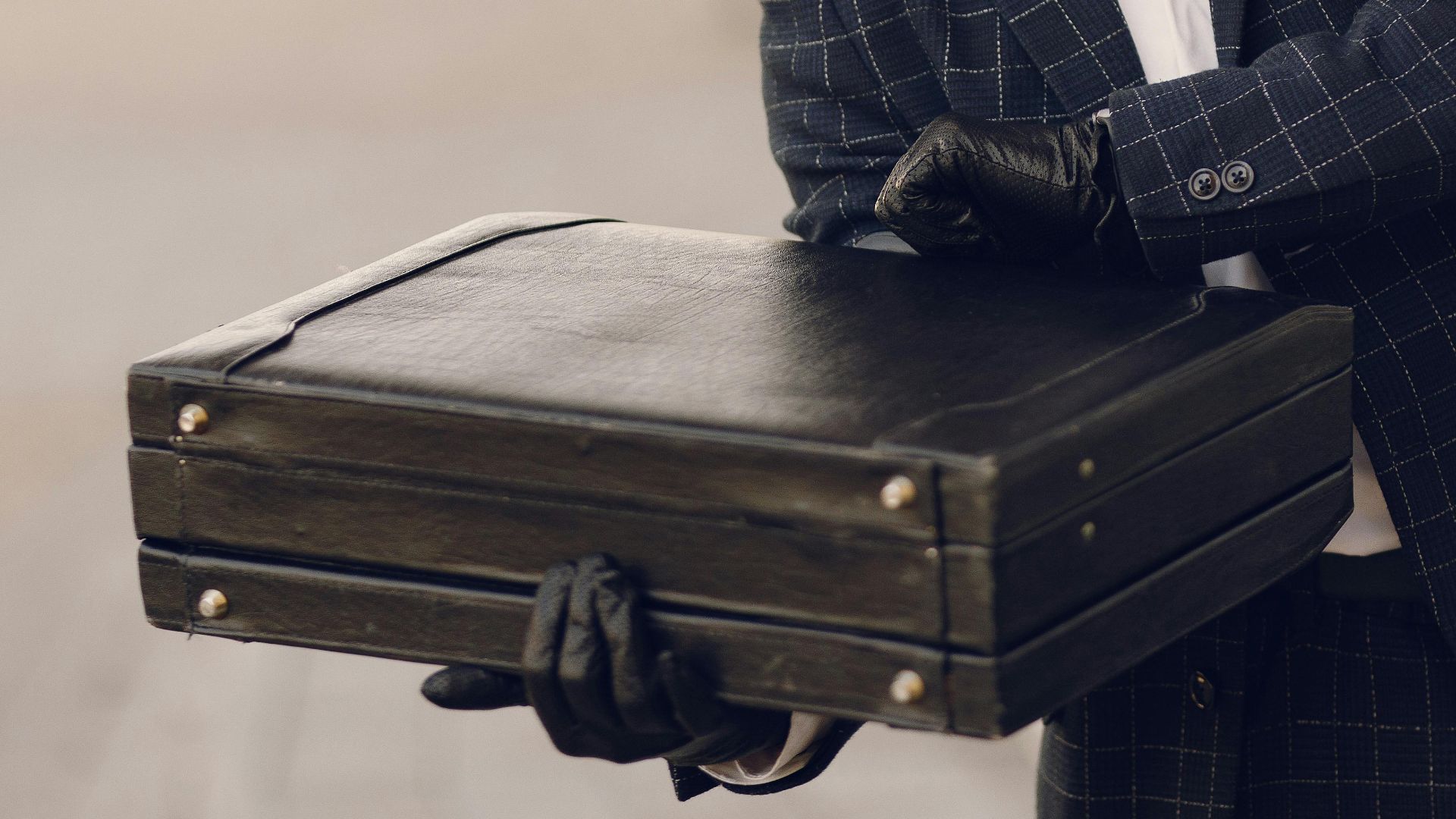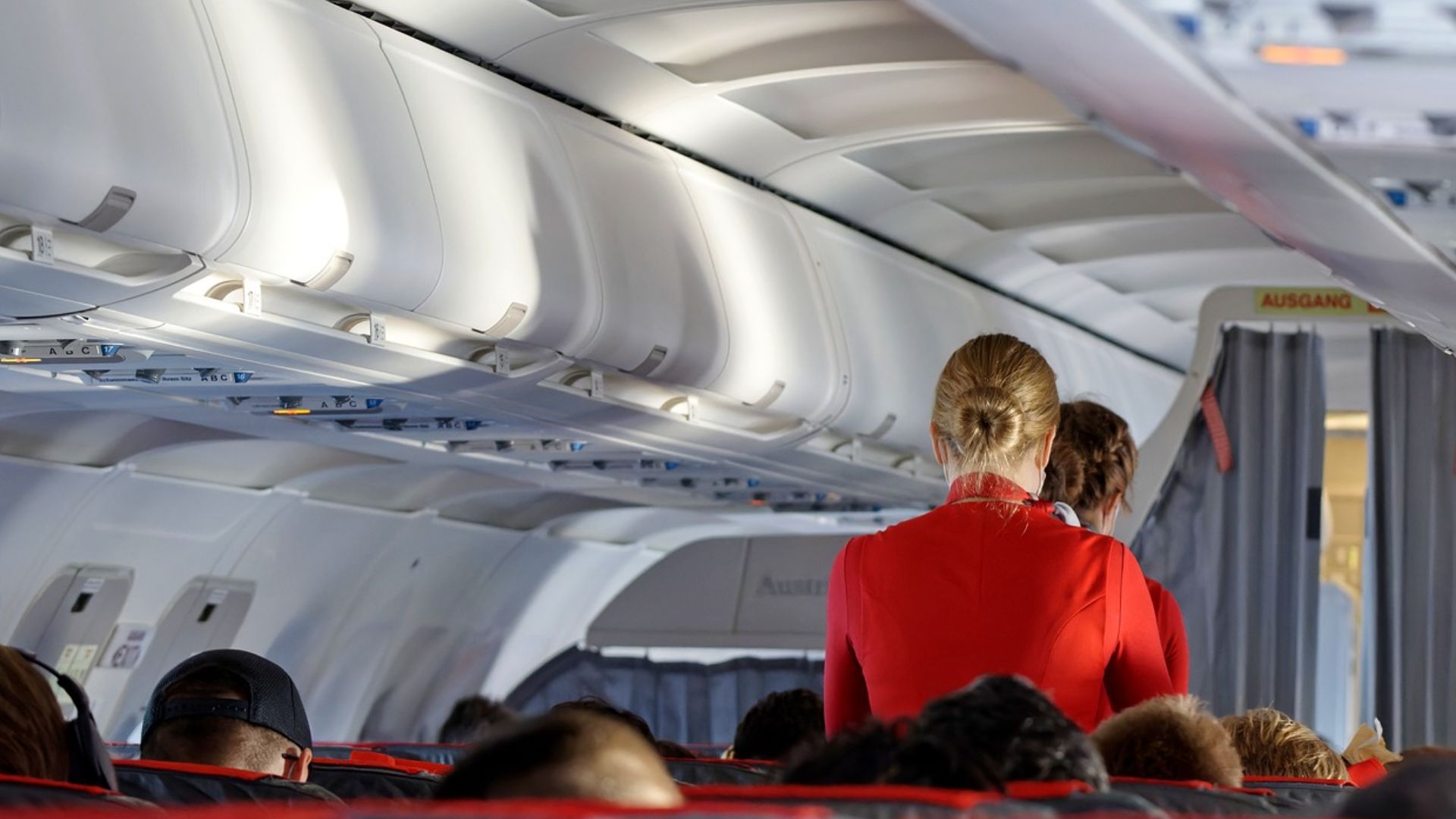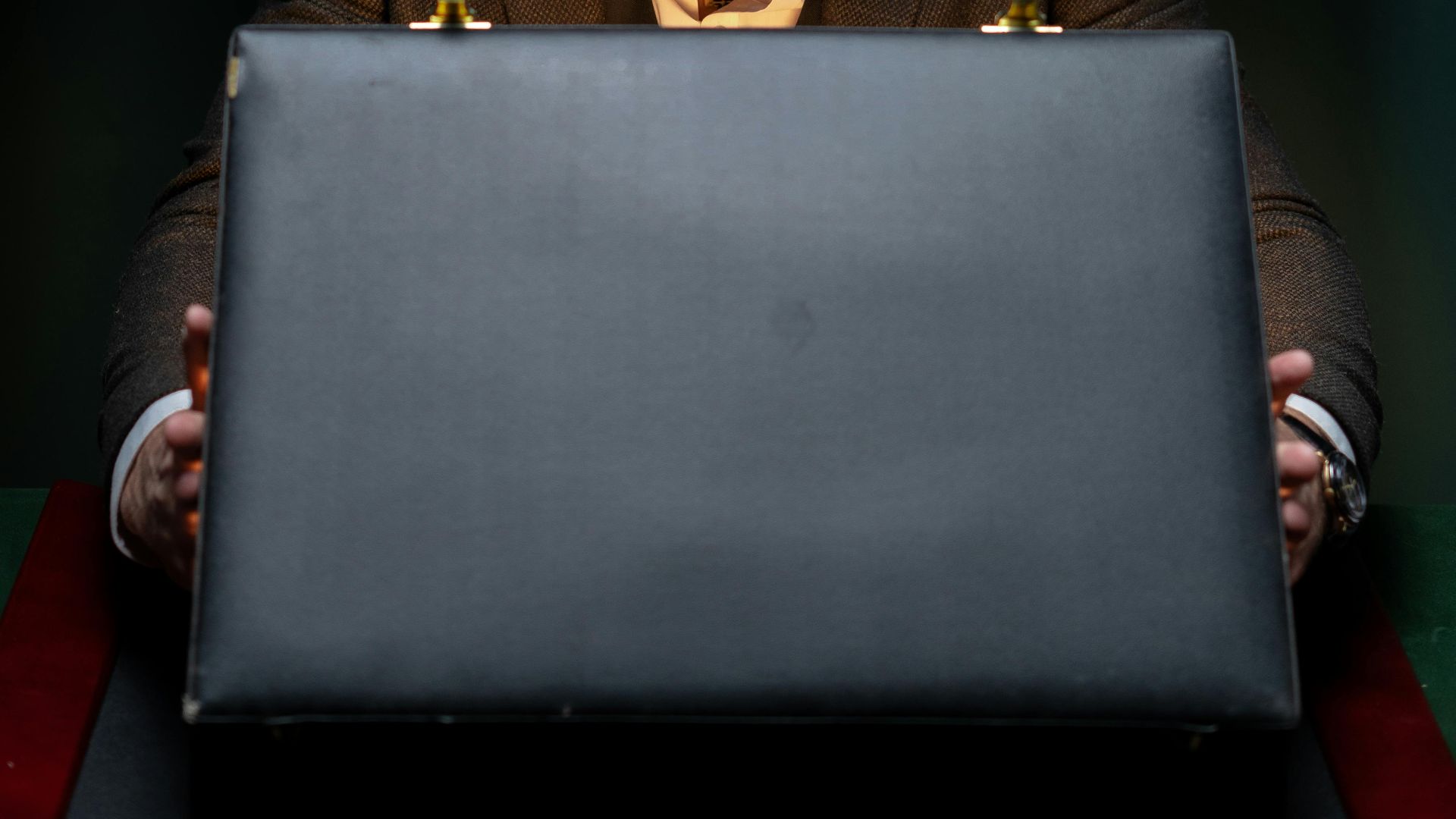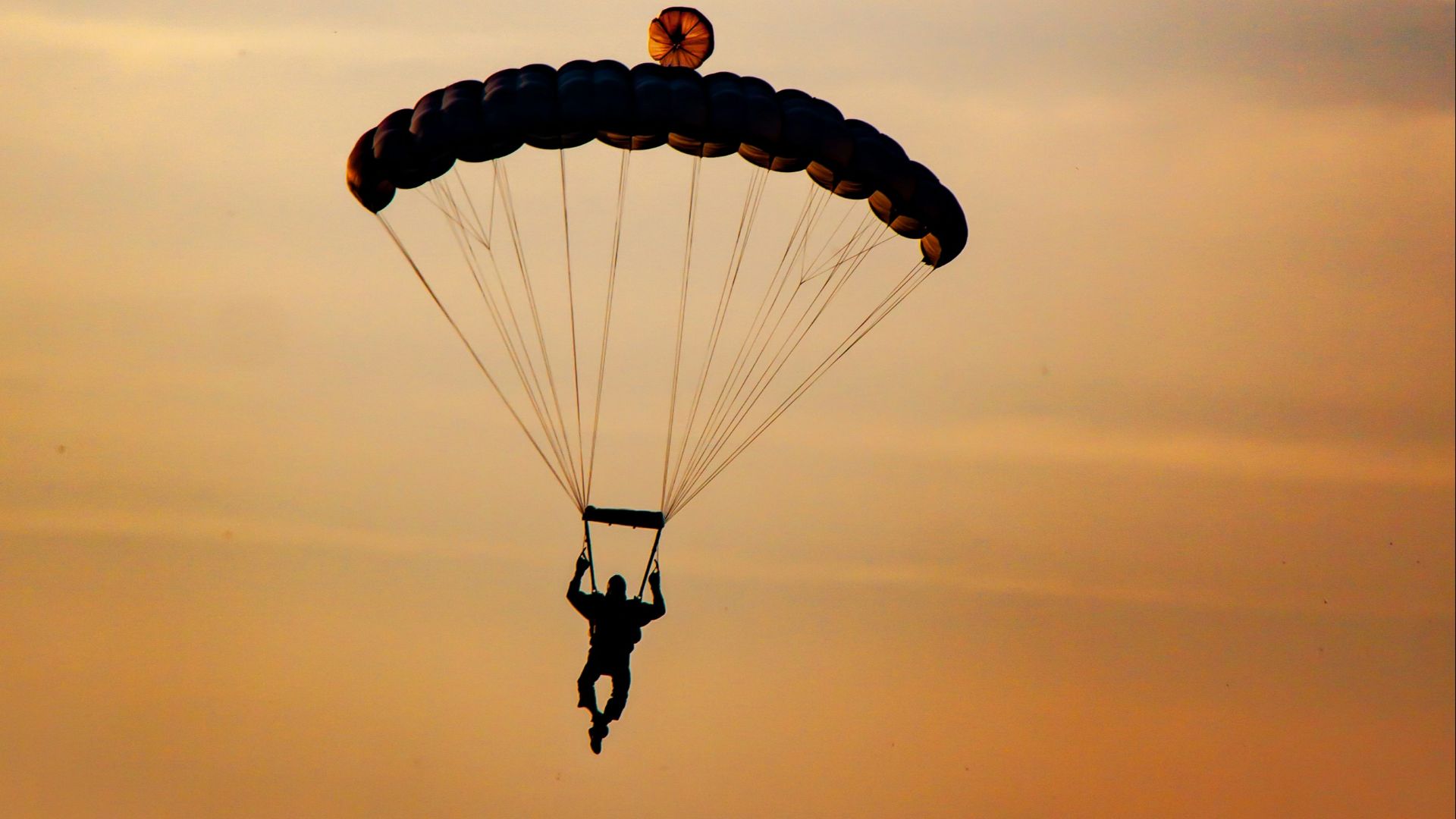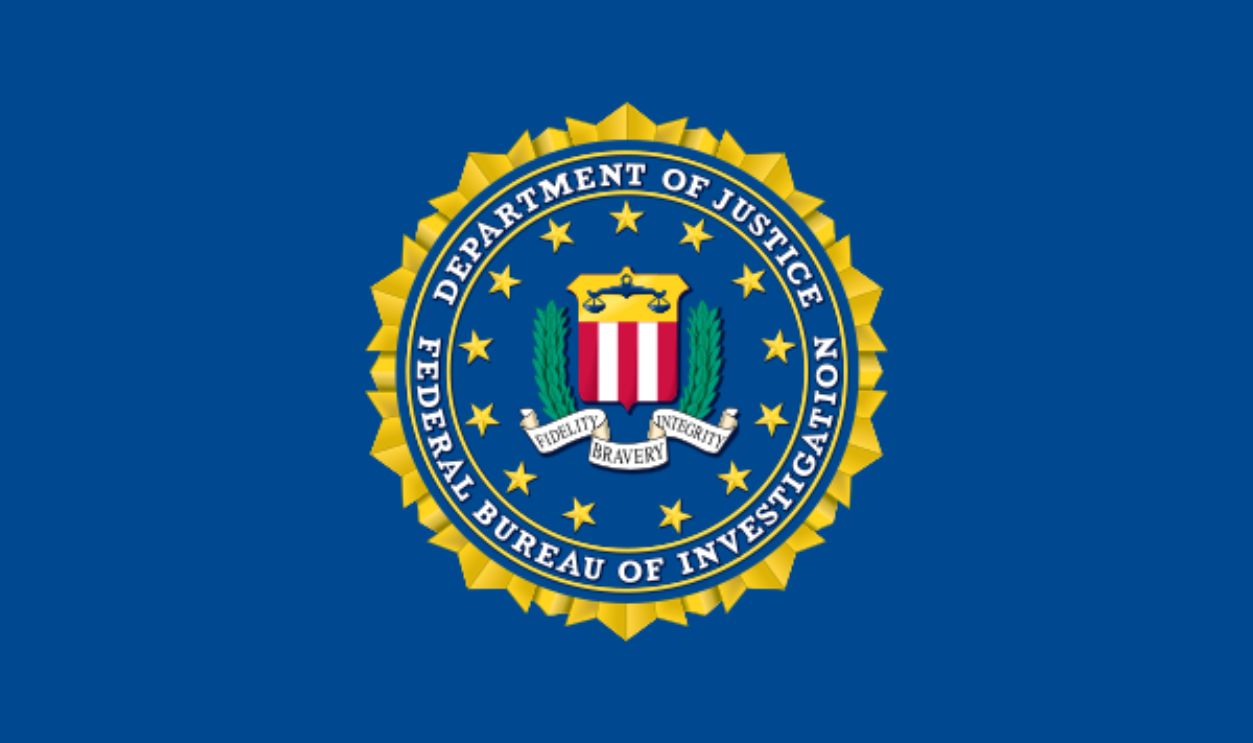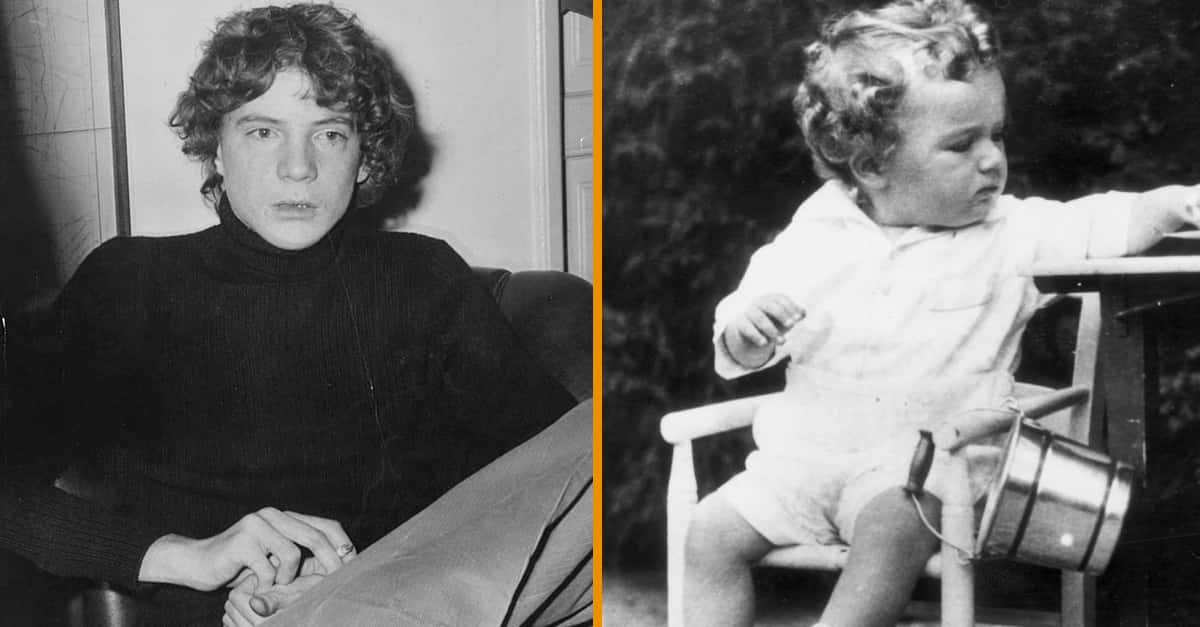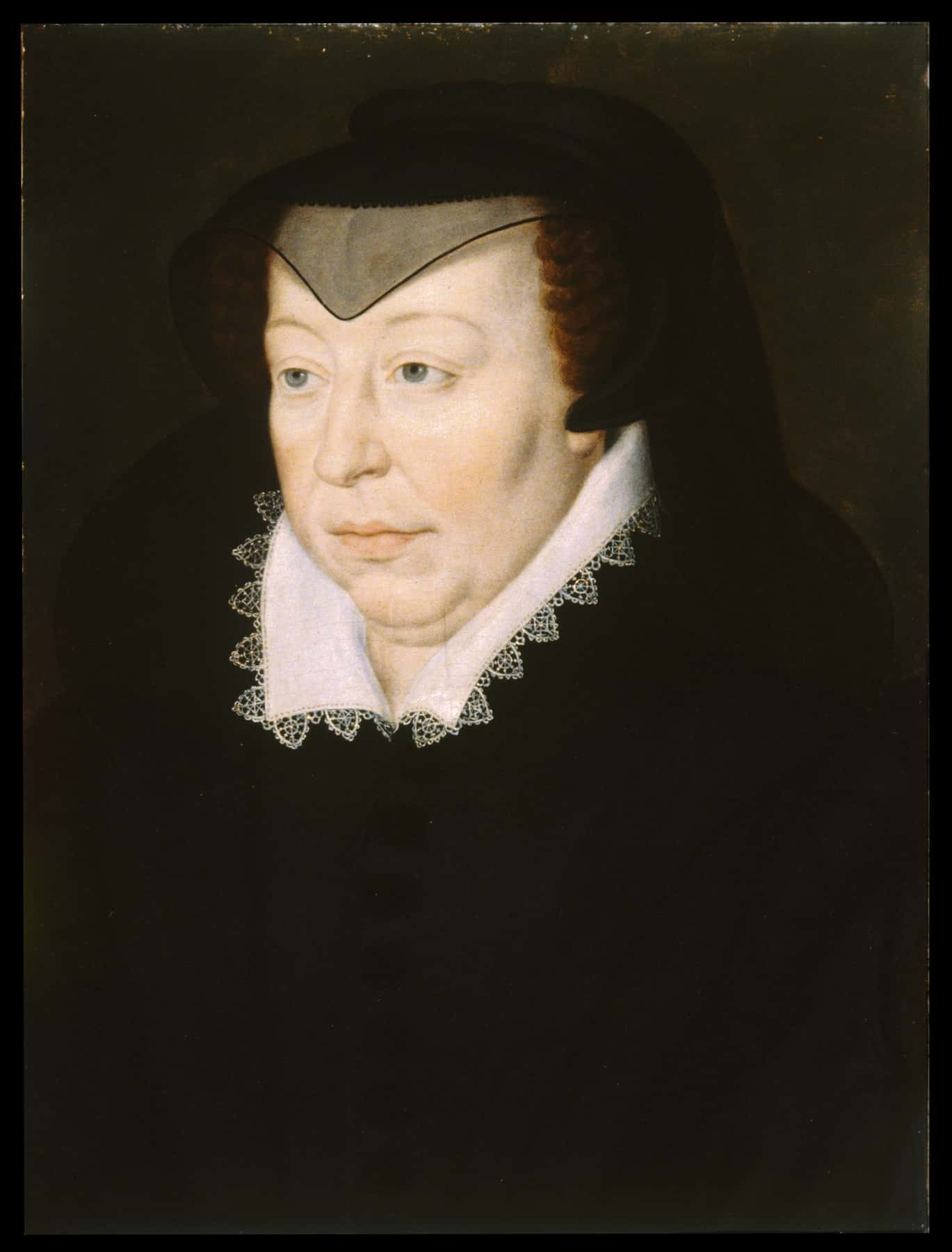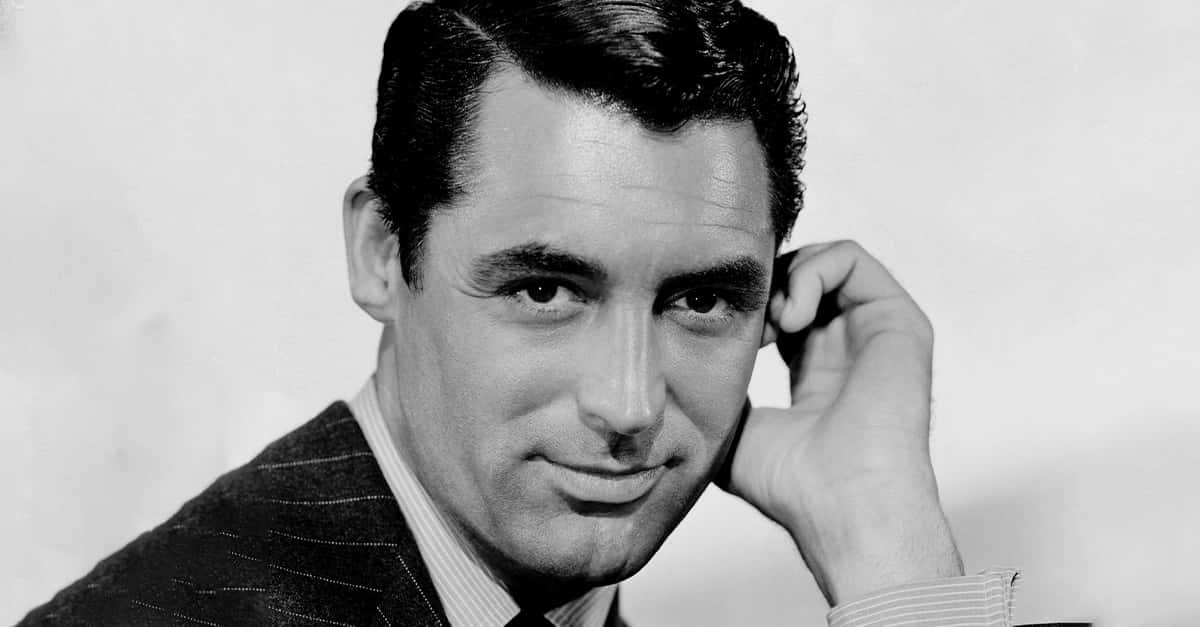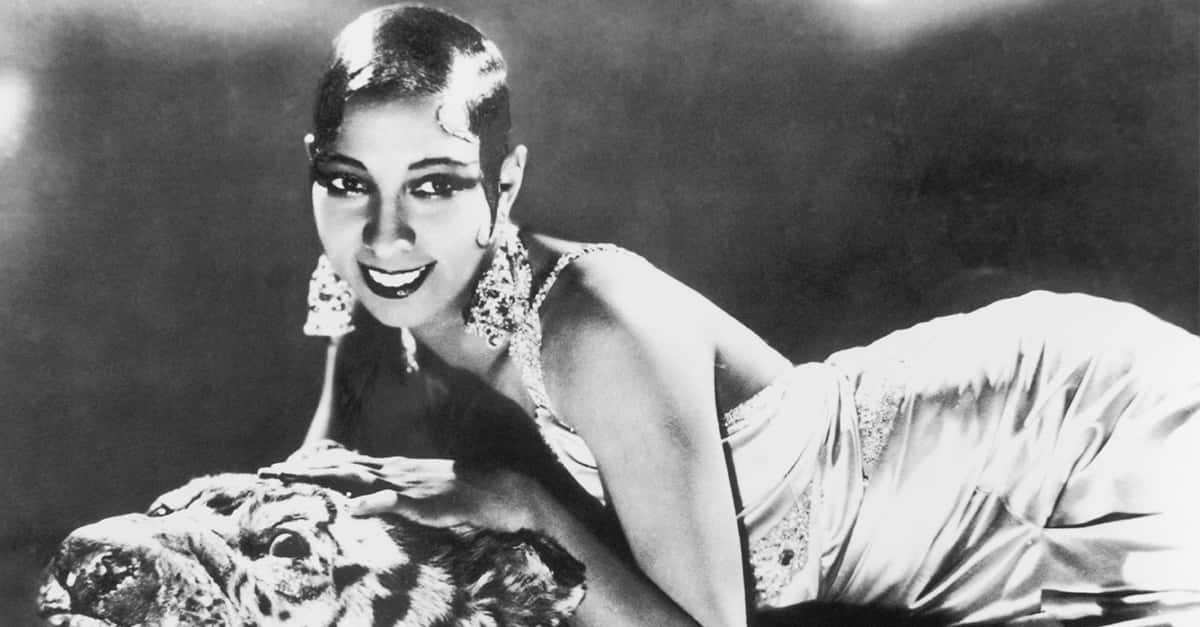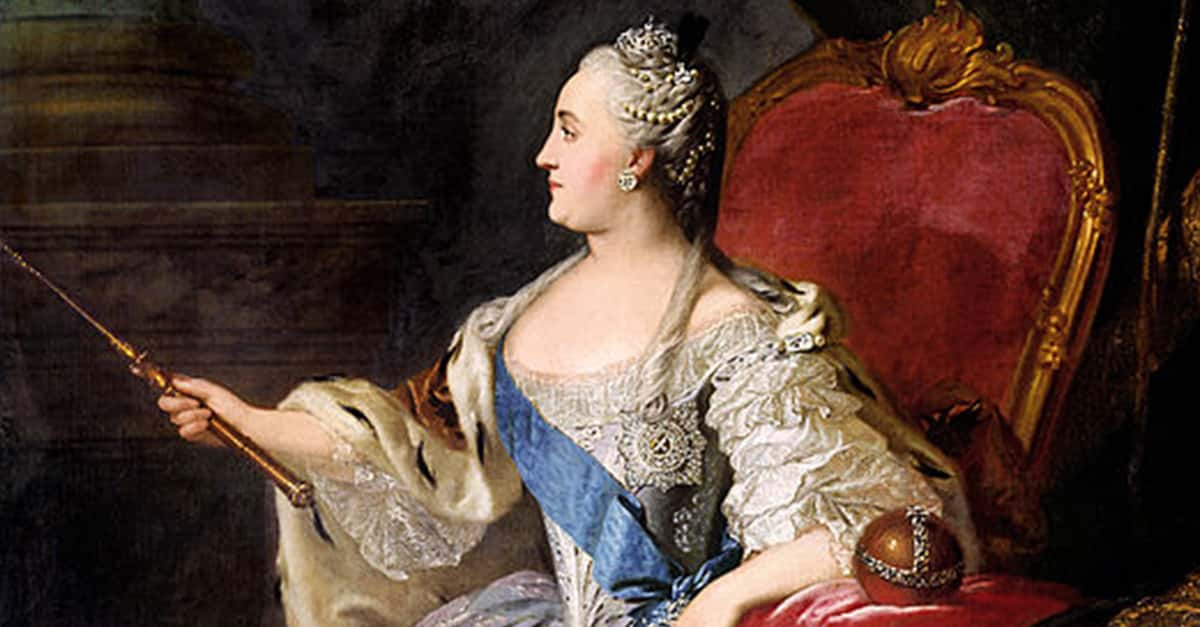An Unsolved Mystery
In November 1971, a man known only as D.B. Cooper boarded Northwest Orient Flight 305 with a briefcase and a calm demeanor. Airport security was almost nonexistent, and no one suspected a thing—until it was far too late. What happened next would spark one of the greatest mysteries in American history.
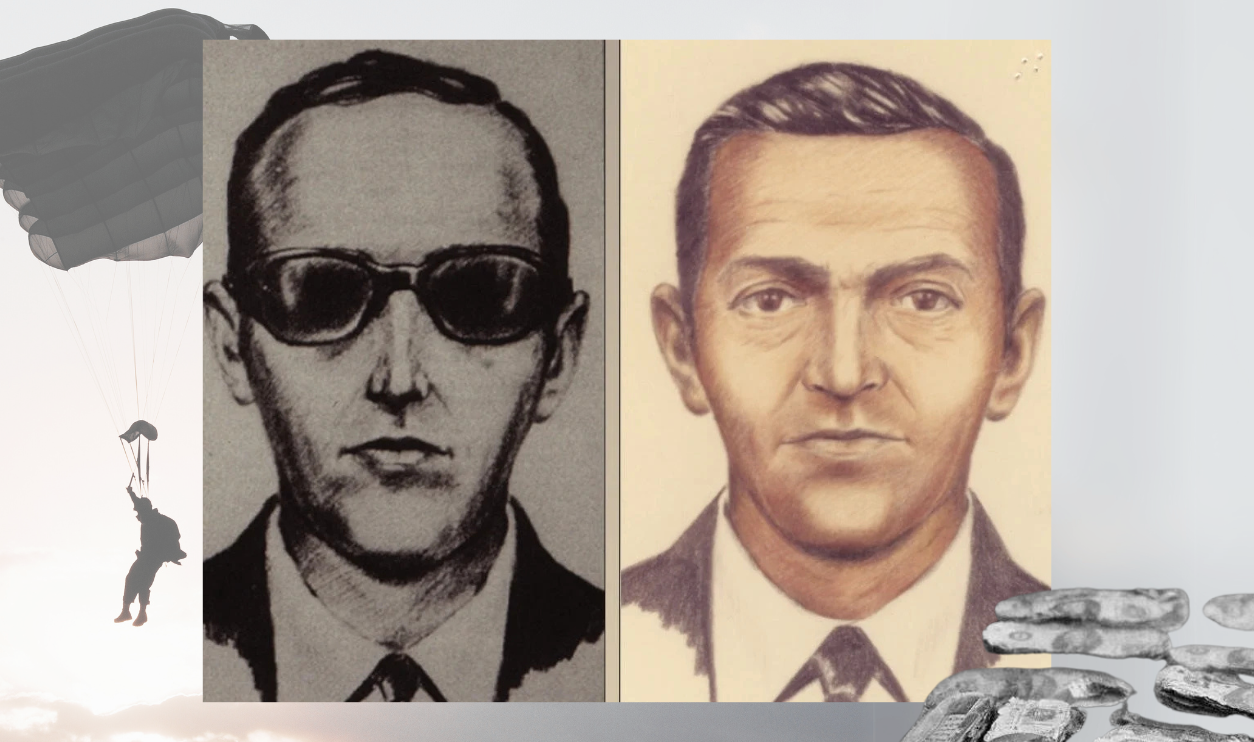
1. He Kept It On The Low
The true identity of “DB Cooper” also known as “Dan Cooper” has never been confirmed, despite decades spent attempting to close the mystery of his case. In other words, he's basically a ghost who will haunt the imagination of men and women alike forever. However, what he did that November evening is forever marked in history, and perhaps it holds some real clues that are worth another look...
 U.S. Federal Government, Wikimedia Commons
U.S. Federal Government, Wikimedia Commons
2. He Appeared In November
The entire fiasco started on the eve of American Thanksgiving, November 24, 1971. That night, a nondescript man entered Portland International Airport. He was a white male in his late 40s, according to eyewitnesses. He wore a dark colored suit, paired with brown shoes, a thin black tie, and a black raincoat. He looked like every other passenger in the airport that night, except for one little detail.
 M.O. Stevens, Wikimedia Commons
M.O. Stevens, Wikimedia Commons
3. He Travelled Light
If there was one thing that may have made Cooper stand out to people watching that night, it may have been his lack of luggage. Cooper approached the flight counter with only a briefcase and a brown paper bag in his hand, which may have raised a few eyebrows. However, perhaps people reasoned he could have been a businessman attempting to return home for the holiday weekend. That, paired with another notable fact, likely helped him escape any suspicion.
4. It Wouldn't Be Long
Dressed in his suit, and carrying his briefcase, Cooper approached the flight counter for Northwest Orient Airlines. He bought a one-way ticket to Seattle on flight number 305, a short trip up north. It would only take them thirty minutes to leave Portland and arrive at Seattle-Tacoma International Airport. It's likely no one thought anything particularly dangerous could happen in thirty minutes of airtime, but they'd soon discover the truth.
 Ted Quackenbush, Wikimedia Commons
Ted Quackenbush, Wikimedia Commons
5. He Left No Trace
Cooper paid cash for his ticket. As such, he left no trace of himself at the ticketing counter. Even his name was that of a ghost. His ticket listed his identity as “Dan Cooper”. However, in the days, months, and years to follow no one by that name would turn up. That night, Dan Cooper the businessman was just one of many passengers looking to get to their final destination. Only Cooper knew that they definitely wouldn't have a smooth arrival.
 Photo By: Kaboompics.com, Pexels
Photo By: Kaboompics.com, Pexels
6. He Went To The Back
When it came time to board, Cooper got on the plane just like all of the other passengers. He moved to the back of the plane, where he took the last seat in the last row, 18-E (you'll want to remember that for later!). While they were waiting for take-off, Cooper was calm. He even ordered a drink from the flight attendant: a bourbon and 7-Up. He was biding his time.
7. He Chose His Plane Specifically
Commercial travel was not the massive business that it is today, especially on such a short trip. Cooper was one of thirty-six passengers that were aboard the plane that day. On top of that, there were just six crew members: the captain and first officer, a flight engineers, and three flight attendants. Veterans of flying, none of them had any idea that this was anything other than a typical flight.
8. He Took His Time
Flight 305 took off without issue. They left at 2:50 pm PST (local for Portland), exactly on time. It wasn’t until the plane had taken off and began coasting, that Cooper began to behave strangely. Yet, even then, it took the flight attendants a while to notice anything was wrong; Cooper’s plan was almost thwarted before it even started.

History's most fascinating stories and darkest secrets, delivered to your inbox daily.
9. He Made A Move
Remember, Cooper sat at the back of the plane, in the very last seat in the row. This put him directly in front of the plane’s jump seat where one of the flight attendants, Florence Schaffner, was sitting. Once the plane was in the air, Cooper passed Schaffner a note. Schaffner, however, didn’t react the way that Cooper expected her to.
 Christopher Doyle, Wikimedia Commons
Christopher Doyle, Wikimedia Commons
10. He Spoke Up
Schaffner had been a flight attendant for a while, and a woman for even longer. A man slipping you a note of folded paper was not an unusual experience. She assumed that Cooper was making a pass at her, and had offered her his number. Not wishing to reject him to his face just after taking off, she slipped it into her purse without looking at it. That’s when Cooper spoke up.
11. He Didn’t Give Up
Cooper’s entire plan hinged on Schaffner reading the note that he had passed her. Therefore, he couldn’t let her slip it into her purse without even reading it. Seeing that Schaffner had not done as he’d hoped, Cooper leaned back to inform her of the mistake that she’d just made. He whispered, “Miss, you'd better look at that note. I have a bomb”. Cooper suddenly had her attention.
12. He Stood His Ground
Cooper had set himself up as a man that you did not mess with. Schaffner did as he requested and retrieved the note out of her bag. The instructions were quite simple, “Miss—I have a bomb in my briefcase and want you to sit by me”. Schaffner understood the gravity of the situation; she quietly got up and gave Cooper what he wanted...
13. He Backed Up His Claims
Once Schaffner had seated herself beside Cooper, she did the most logical thing: assessed the situation. After all, anyone can claim to have an explosive. Therefore, she asked Cooper to show his to her. He opened his briefcase to reveal what looked like just what he claimed to have: four red cylinders that looked like dynamite, attached to wire and a battery. Cooper had made his point.
14. He Made His Demands
Now that Cooper had gotten her attention, and provided evidence to back up his claim of danger, he could give Schaffner his demands. Captain William A Scott memorialized those demands with his message to Northwest flight operations: “[Cooper] requests $200,000 in a knapsack by 5:00 pm. He wants two front parachutes, two back parachutes. He wants the money in negotiable American currency”. As you've probably guessed by now, Cooper had specific reason for making his demands so specific.
15. He Plotted
As you may have noticed, Cooper demanded two sets of parachutes. This led the authorities to believe that he planned to take a hostage with him. That effectively stopped them from supplying him with parachutes that wouldn’t function. They could sacrifice Cooper, as he’d broken the law now, but they wouldn’t sacrifice whatever innocent he took with him. Even so, though, they had to do the best they could to survive the ordeal...
16. He Needed Supervision
The exchange of demands caused some rearrangements within the plane as well. When Schaffner went to the cockpit to inform Captain Scott of their problem, Scott instructed her to remain there and take notes of events for the record. With Schaffner now in the cockpit, Cooper got a new companion in the back: one of the other flight attendants, Tina Mucklow. Cooper happily let Mucklow know he wasn't quite finished with his requests.
17. He Made More Demands
Once the cockpit was aware of his initial demands, Cooper felt that he had more to get out of the situation. Now with Mucklow acting as liaison for him, Cooper asked for a few more things. First, he wanted fuel trucks to meet the plane when they landed in Seattle. He demanded the passengers stay seated, and for Mucklow to bring the money on board. Cooper promised to releast the passengers once he had his money. The last thing Cooper wanted brought aboard was the parachutes. A seemingly perfect plan—almost.
18. They Couldn't Deliver
Cooper’s full demands triggered a relay race of actions. The flight attendants informed Captain Scott, who informed air traffic control at Sea-Tac. Air traffic control then contacted the Seattle Police who finally got the FBI involved in the situation. Donald Nyrop, then president of Northwest, approved the ransom but they had a problem: this was only supposed to be a 30-minute flight.
19. He Caused Issues
Now, most people don’t have experience collecting ransom demands for an airplane hijacking, but logic states that it takes time to collect all the necessary pieces—at least longer than 30 minutes. As a result, the flight began circling Puget Sound for the next two hours. The other passengers were told their flight was being delayed because of “minor mechanical difficulty”. However, considering the next series of events, they likely suspected something much bigger was wrong.
 Earth Science and Remote Sensing Unit, NASA Johnson Space Center, Wikimedia Commons
Earth Science and Remote Sensing Unit, NASA Johnson Space Center, Wikimedia Commons
20. He Wouldn't Let Go
For one thing, the passengers barely received service from two of the three of flight attendants on board. Cooper forced Mucklow to remain at his side during the entire flight, furthering his case that he intended to take a hostage with him when he left. But Mucklow discovered one thing about Cooper during this period of waiting. It seemed that Cooper was familiar with the local area. Staring out the window, he remarked that it “Looks like Tacoma down there”. He also knew that McChord Air Force Base, where the parachutes were coming from, was only twenty minutes from the airport. So, was he local? No one seems to know. He surprised in other ways, too.
21. He Was Friendly
Cooper appeared to be happy to chat with Mucklow for the majority of the flight. Mucklow, who likely spent the most time with the mysterious Cooper, later remarked that he, “was not nervous. He seemed rather nice and he was not cruel or nasty”. This begs the question: who was Cooper, and what did he expect to get from all of this? What really was his end goal?
 The Skyjacker That Got Away: D.B. Cooper (Full Episode) | Undercover History, National Geographic
The Skyjacker That Got Away: D.B. Cooper (Full Episode) | Undercover History, National Geographic
22. He Had His Reasons
Cooper gave some hints to Mucklow about his motivations while they chatted; though he did not appear to want to talk about himself. He told Mucklow that “[i]t's not because I have a grudge against your airlines, it's just because I have a grudge”. He went on to explain that the flight served his needs; however, he became agitated and refused to answer when Mucklow began asking where he was from. Interestingly enough, Mucklow was not the only person who spoke to Cooper during that flight.
 The Skyjacker That Got Away: D.B. Cooper (Full Episode) | Undercover History, National Geographic
The Skyjacker That Got Away: D.B. Cooper (Full Episode) | Undercover History, National Geographic
23. He Wasn’t The Only Ghost
There was another mysterious passenger on the flight that day, now known only as “the cowboy”. The bathroom was behind Cooper and Mucklow. One passenger, George Labissoniere, told the FBI that at one point, on his way back to his seat, a man in a cowboy hat questioning Mucklow about the mechanical problem causing their delay blocked his way. Cooper eventually became irritated with the questions and told “the cowboy” to move on. Intriguingly, Mucklow’s memory of that interaction is a whole lot different.
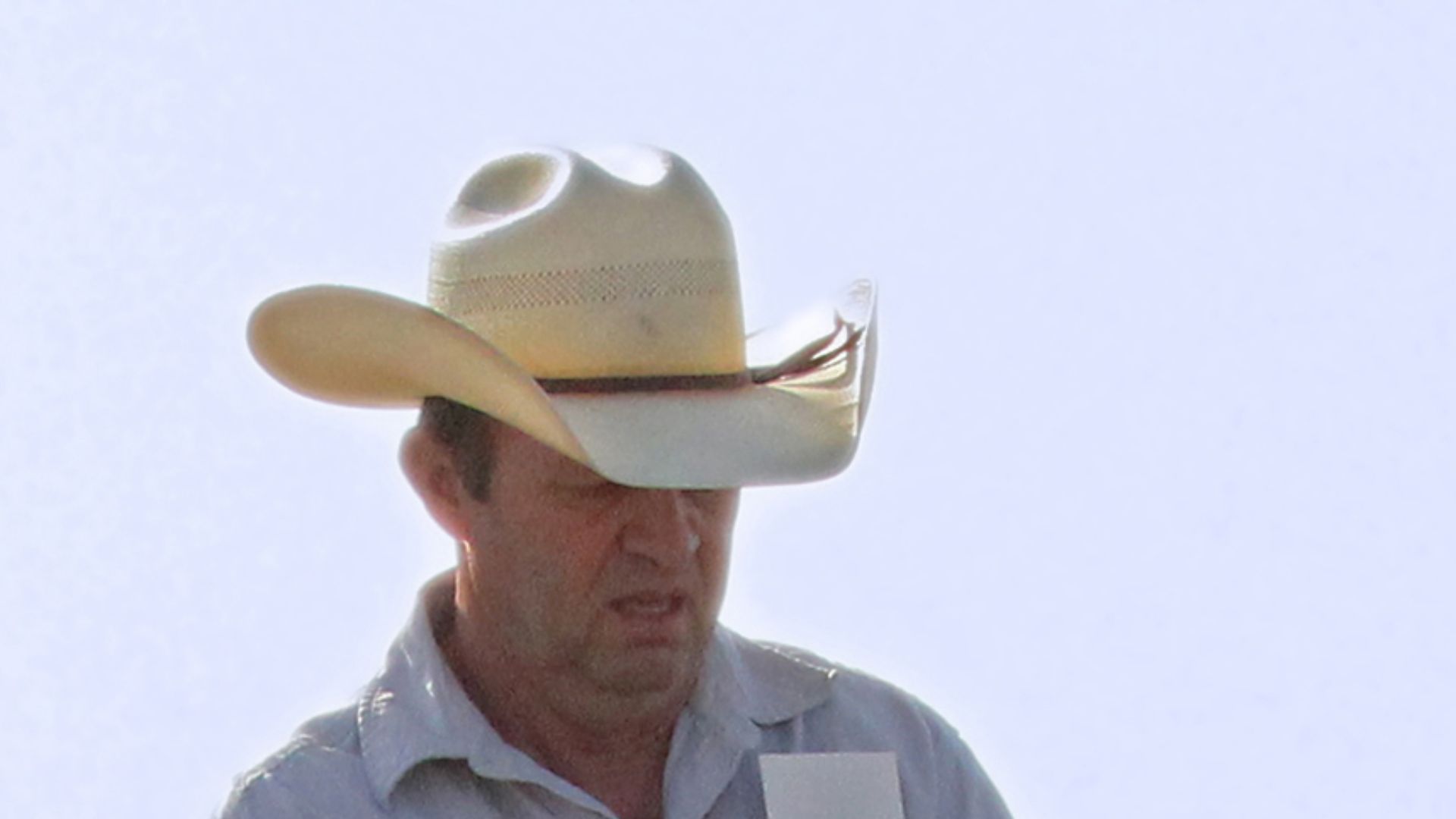 Betty Wills (Atsme), Wikimedia Commons
Betty Wills (Atsme), Wikimedia Commons
24. He Didn’t Want Surprises
Mucklow recalled this interaction differently than Labissoniere did. According to Mucklow, the man did approach them. However, he was looking for magazines as he was bored. Mucklow and the man moved behind Cooper to look for magazines, and then he returned to his seat. Mucklow then had to assure Cooper there were no air marshals on their flight. Regardless of the two versions of this story, this “cowboy” was never questioned or identified. But back to Cooper and his devious plans...
25. He Began His Escape
At 5:24 PST, after around two hours of circling the area, the team on the ground delivered on the last part of Cooper's demands, the parachutes, and they began their descent. They landed twenty minutes later, parking on a distant, partially lit runway. Al Lee, Northwest’s Seattle operations manager, approached in his civilian clothes as there was fear Cooper would mistake his airline uniform for that of an officer. The exchange began.
26. He Let Some Go
As requested when they were in the air, the passengers remained seated as Mucklow collected the money. Once she was back onboard, the passengers were let off, and Cooper inspected the money. When Mucklow joked if she could have some, Cooper shocked her once again. He gave her a packet of bills willingly. She returned it, citing a policy about not accepting gratuities. Now, it was only Cooper and the six crew members left on the plane, and they looked to him for their next move...
 The Skyjacker That Got Away: D.B. Cooper (Full Episode) | Undercover History, National Geographic
The Skyjacker That Got Away: D.B. Cooper (Full Episode) | Undercover History, National Geographic
27. He Kept It Cordial
The strangeness of this tale isn’t just in Cooper’s disappearance, but also in his behavior during the entire thing. He was friendly to Mucklow during the flight. He made jokes, and when the third flight attendant, Alice Hancock, asked if the flight attendants could leave, he told them “Whatever you girls would like”. Hancock and Schaffner left, leaving Cooper, the captains and flight engineer, and Mucklow on board when the flight took off again. But with the supposed dangerous device still on board, they likely wondered if it might be their last one...
28. He Wanted To Fly Again
After some delays with refueling, Cooper requested that the plane head southeast toward Mexico City. He demanded they fly at as low a speed as possible, with the landing gear out and the wing flaps lowered. He also requested for the cabin to stay unpressurized. His final request, to fly with the rear exit door open, caused some extra issues. He gave in on that one (for the moment), and at 7:40 pm, they took off again.
29. She Couldn't Do It
Cooper resolved the issued about the exit door being left open by saying they’d open it during flight; this was to be Mucklow’s task. However, she feared being sucked out of the plane. After much argument with Cooper, who wouldn’t let her get the emergency string to secure herself to a seat, she was sent to the cockpit and closed the partition between coach and First Class while she did. He would open the door himself.
30. He Was Alone
Mucklow did as Cooper asked. However, she had one last request before she did so. She begged Cooper to take the device with him. He promised to disarm it or take it with him. The last Mucklow saw of Cooper, he was tying what she thought to be the money bag around his waist. It wasn't just Mucklow's last look, though. It proved the last that any person ever saw of Cooper.
31. He’d Disappeared
No one is quite sure what happened to Cooper after this moment. Around 8:00 pm, a cockpit light flashed, informing the crew that Cooper had opened the staircase. Cooper was still on board at this time as he gave his last message, one word “No” in reply to Scott’ asking if he needed any help over the intercom. Thirteen minutes later, the aircraft's tail suddenly pitched forward (possibly when Cooper jumped). When the plane landed in Reno at 11:02 pm, Cooper was nowhere to be found.
32. He Left Little Behind
Once a crew deemed it safe to do so, the plane was immediately investigated. The FBI recovered the following: a Cooper's black clip-on tie and tie clip, two of the four parachutes, and 66 latent fingerprints. They interviewed eyewitnesses in Portland, Seattle, and Reno. From this, they developed composite sketches, which are all that remains of DB Cooper today. But, of course, that wasn't necessarily the end of the story.
33. He’d Been Misnamed
As you may recall, they’d identified Cooper by the ticket that he had purchased in Portland. However, that ticket said “Dan Cooper”. The alias “DB Cooper” was an error made by James Long of The Oregon Journal. In a rush to meet a deadline, Long misprinted the name, and as other media sources picked it up, DB Cooper stuck. However, no one under the name Dan Cooper or DB Cooper has been turned up to meet the description of the mysterious hijacker. One other precaution should have yielded more information...
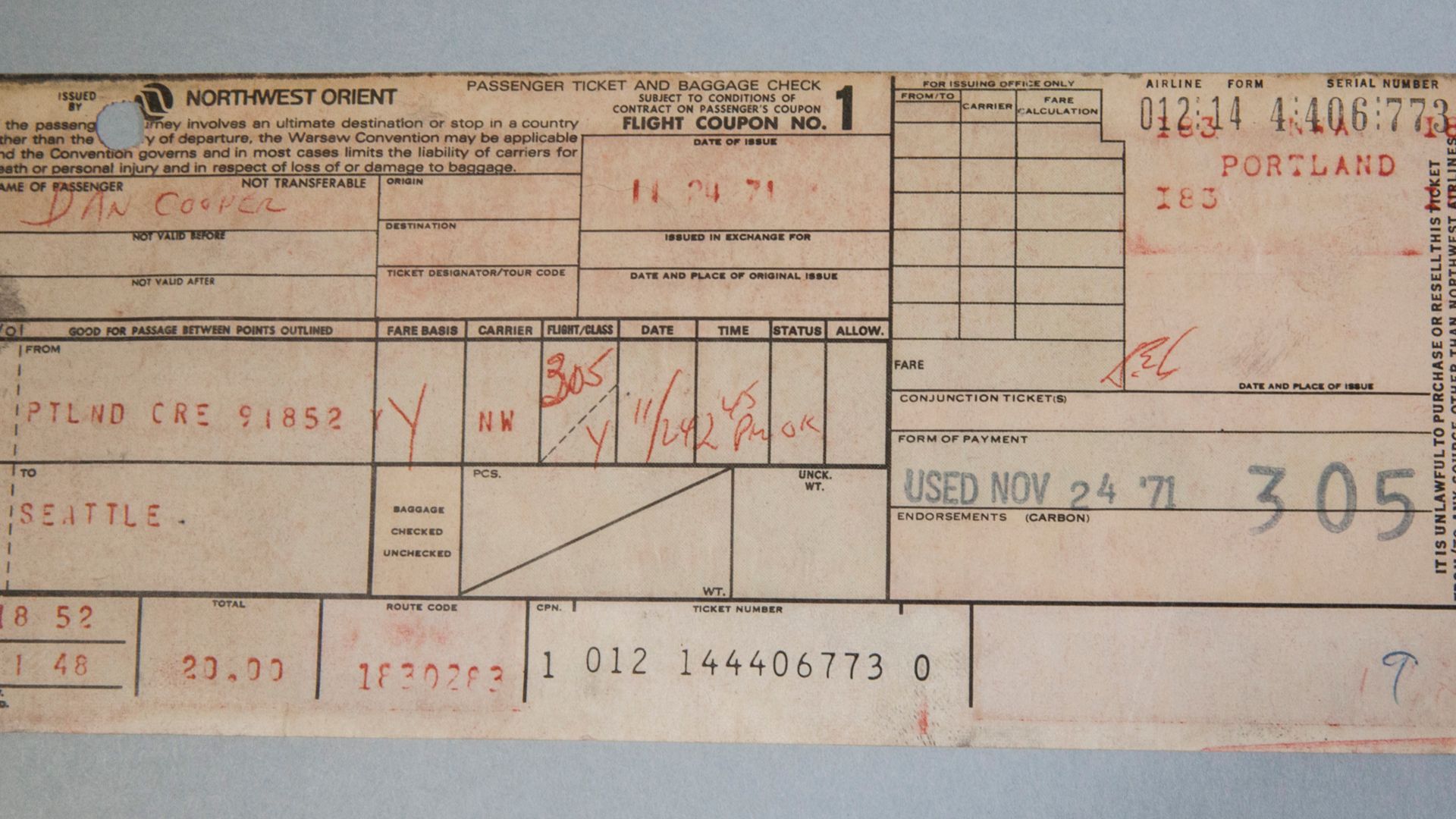 Federal Bureau of Investigation (FBI), Wikimedia Commons
Federal Bureau of Investigation (FBI), Wikimedia Commons
34. He Vanished Into The Night
Three jets from a nearby National Guard mission had been following the flight when it took off from Seatle heading for Reno. But even so, no one saw Cooper jumping from the plane. The jets were kept back so Cooper could not spot them, and given the darkness of the night, it was too difficult to spot one man jumping into the blackness. This, combined with other factors, made it extremely difficult to identify Cooper’s flight path once he jumped out of the plane. That didn't make them give up the search, though.
 The Skyjacker That Got Away: D.B. Cooper (Full Episode) | Undercover History, National Geographic
The Skyjacker That Got Away: D.B. Cooper (Full Episode) | Undercover History, National Geographic
35. He Forced Them To Adapt
Despite the fact that it was impossible to track where Cooper may have ended up, they tried. J Edgar Hoover, FBI Director at the time, approved the use of Air Force jets to retrace the flight path to take photographs. However, the visibility was too poor. They eventually turned to even more unusual methods to try to track Cooper down...
 Marion S. Trikosko, Wikimedia Commons
Marion S. Trikosko, Wikimedia Commons
36. They Took To The Air
In an attempt to recreate the incident, they flew the same aircraft over the same flight plans with the same flight conditions. They then pushed a 200-pound sled out of the open airstairs to mimic Cooper jumping out of the plane. While they reproduced the tail lift the crew experienced at 8:13 pm, it did not turn up any true evidence of where Cooper may have ended up. He was still a ghost.
 The Skyjacker That Got Away: D.B. Cooper (Full Episode) | Undercover History, National Geographic
The Skyjacker That Got Away: D.B. Cooper (Full Episode) | Undercover History, National Geographic
37. He Landed In The Wilderness
Despite the difficulties in identifying Cooper’s exact landing location, they used the data that they did have to mark the zone as the southernmost outreach of Mount St. Helens. They searched this area, which was mostly forested, focusing on Clark and Cowlitz counties. However, nothing was ever found; neither Cooper nor any of the equipment he jumped off the plane with turned up.
38. They Found Something
For a brief moment in mid-1972, a new discovery changed the case. Two local women happened to discover a skeleton in an abandoned building in Clark County. Excitement was abuzz, but only briefly. The found body was eventually ruled to be Barbara Ann Derry, a teenager who sadly had gone missing and met an untimely end several weeks previously. Despite searching for months, nothing was ever discovered of Cooper, and there's a few pretty interesting theories that might just explain why...
39. His Landing Zone Changed
One reason that nothing turned up for Cooper may have been that they were not looking in the correct area. In March 1972, new research determined that their initial summaries about where Cooper would have disappeared were incorrect. Based on the new research, investigators believed that Cooper likely jumped over La Center, Washington. That update didn't yield any new results, but another lead gave investigators a shred of hope.
 Unknown authorUnknown author, Wikimedia Commons
Unknown authorUnknown author, Wikimedia Commons
40. He Made An Appearance
One report, released to the public in 2019, provided an interesting theory into where Cooper may have ended up. Three hours after Cooper jumped from the plane, someone robbed a grocery store in Heisson, Washington. Heisson was within the initial area identified as Cooper’s jump zone, and survival items were the only things taken from the store. However, the burglar wore military-type boots, while Cooper had jumped from the plane in slip-on shoes, leading many to believe this was merely a coincidence. Perhaps it was, but the jury is still out on the facts. Either way, with Cooper totally vanished, authorities needed to find another way to track down the truth.
 Ian Poellet, Wikimedia Commons
Ian Poellet, Wikimedia Commons
41. His Money Vanished Too
Without any luck in finding evidence of Cooper where they believed he had landed, they totally shifted tactics. The focus turned towards discovering the ransom money. All of Cooper’s bills bore specific serial numbers. Throughout 1972 and 1973, the FBI released these to the public several times, with large rewards offered. However, the bills, like Cooper, never turned up. At least, not for several years.
 Photo By: Kaboompics.com, Pexels
Photo By: Kaboompics.com, Pexels
42. His Evidence Was Lost
By the 1980s it was believed that they were, yet again, looking in the wrong location for Cooper. Captain Scott was flying manually due to Cooper's demands and has reported they were flying further east than initially reported. The Washougal River watershed was the new location for Cooper’s landing zone; however, this area too has been searched many times, and no evidence found. The eruption of Mount St Helen in 1980 is also believed to have destroyed any physical clues that may have remained. Even so, the authorities kept going—maybe a little too long.
43. He Kept Them Running
The FBI left the investigation open for 45 years. However, despite looking into the incident for this entire time, they never discovered anything significant that would suggest who DB Cooper was, nor what happened to him. Finally, in 2016, they closed the case. Cooper, if still alive, would’ve been 85 years old by that point and the FBI felt they needed their manpower focused on more relevant cases. All their collected evidence is now open to the public, and many amateur sleuths still take up the case to this day. And, lo and behold, one piece of evidence remained undiscovered...
44. He Made One Last Appearance
In 1980, a civilian named Brian Ingram was on vacation with his family on the Columbia River, in the Washington area, when he discovered something strange: three packets of cash, deteriorated by the elements but still in their rubber bands. FBI techs confirmed these to be a portion of the ransom money, arranged exactly as given to Cooper almost ten years earlier, with one exception—one pile was missing ten bills.
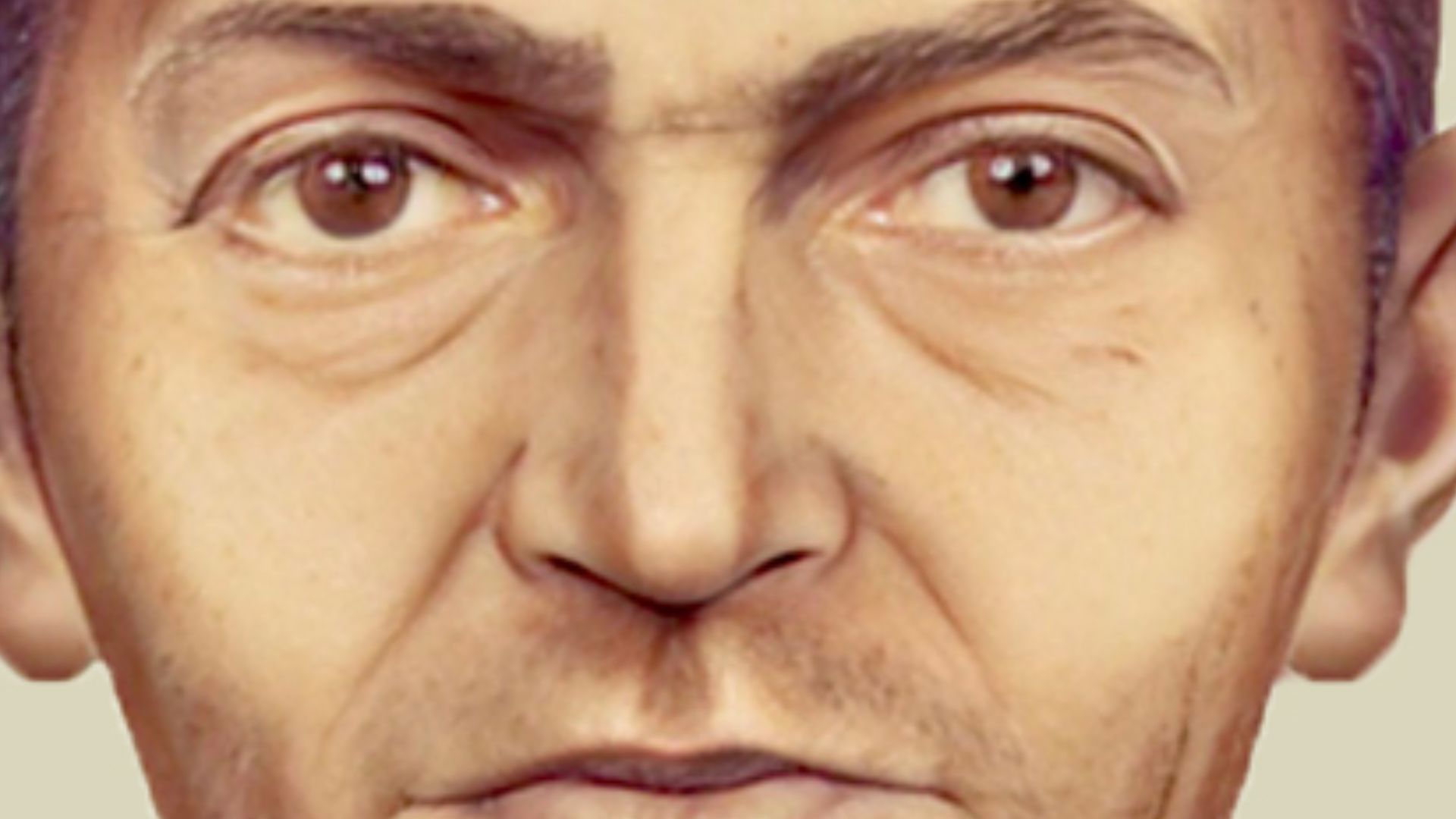 FBI sketch artist Roy Rose, Wikimedia Commons
FBI sketch artist Roy Rose, Wikimedia Commons
45. He Kept Them Guessing
While this was the first—and only—real evidence of Cooper that has turned up since he jumped from that plane, it provided very few answers. If anything, it caused more questions. Initially, most believed the bills washed up the river, which supported the belief that Cooper landed near the Washougal River, which merges with the Columbia upstream from the discovery. However, there are problems with that theory.
46. He May Have Buried It
Not only did all three bill packets end up being found together, but one of the packets was missing 10 bills, too exact a number for chance. If they had ended up there naturally, they should have floated separately and would have turned up two or three years later, not ten. There is evidence the bills did not end up there until 1974, and other testing supports that they couldn’t have ended up in the water until several months after Cooper jumped. So in the end, the bills just continue to add to the mystery. But, of course, every good story comes with a few juicy conspiracy theories...
47. He Might Have Served
Who was Cooper? We may never know. However, there were theories. Cooper appeared knowledgeable about the aircraft, the local terrain from the sky, and parachuting. Some believe he was likely an Air Force veteran with some knowledge of the Seatlte area. His name is also believed to come from a French-language Belgian comic book, indicating he probably spoke French and spent time in Europe. He also knew some things no regular man should have.
48. He Understood The Plane
Cooper also had intensive knowledge about the Boeing 727 plane. He understood how to manage its flight path, and most importantly, he knew he could lower the stairs during flight. This suggested that Cooper knew some things about the CIA. Namely, that the CIA used the 727 to drop agents and supplies during Vietnam, something even the civilian flight crew on it that day would not have been told. Surely, that narrowed down the options of suspects. But could he really survive that jump?
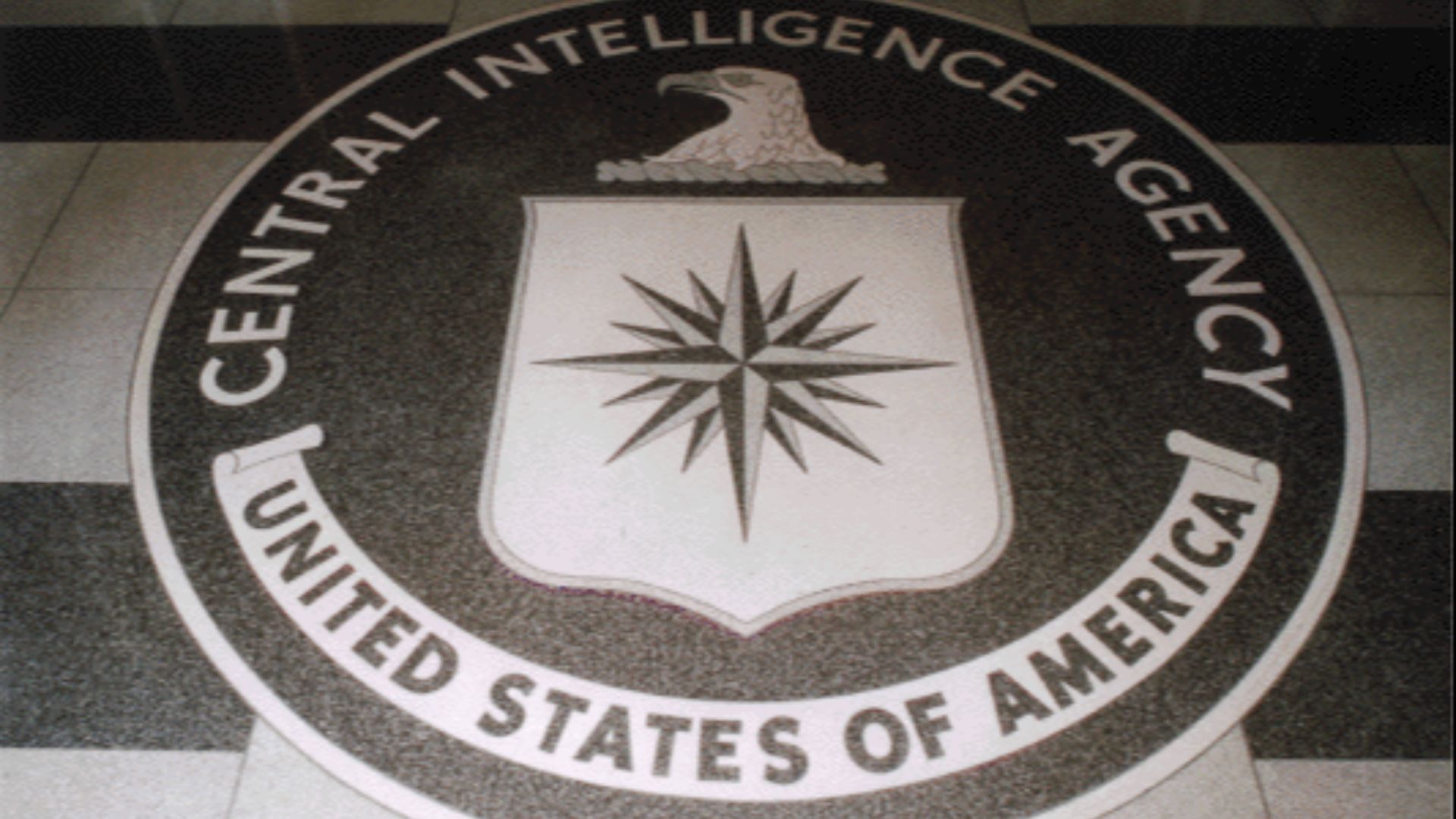 user:Duffman, Wikimedia Commons
user:Duffman, Wikimedia Commons
49. They Just Can't Tell
Initially, the FBI concluded that there was no way that Cooper could have survived his jump. Many still believe this as the ransom money was never spent—where did Cooper and the money go if not into the afterlife? However, in the years that followed, several copycats made similar jumps, and most survived, with far less skill than Cooper appeared to have. In other words, he could still be out there. Or perhaps, someone who knew him and his plans could...
50. He Truly Disappeared
Over the years, many men have been linked to the Cooper case, either by self-confession or theories made by strangers and loved ones alike. However, in every case, something doesn’t add up. Perhaps one of these men is DB Cooper, or maybe not. It’s been over fifty years and we still don’t have any answers.
What we do have to remember Cooper by, though, are the seriously jacked up security procedures that came as a result of his incident and the copy cats who followed. So next time you're annoyed you can't take your water bottle on the plane, you know just who to blame—kind of.
You May Also Like:
These People Disappeared Without A Trace
Hundreds Of Bodies Found Outside A Church
Old Letters Lead To New Discovery
Sources: 1


